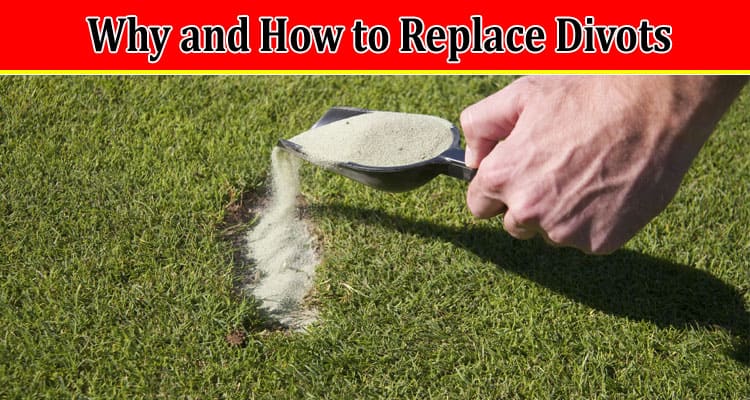In the realm of golf, the act of taking divots – those small clumps of turf dislodged during a stroke – is as inevitable as the undulating greens and the unpredictable weather. It’s a visual testament to the energy and precision that goes into each swing. Yet, the often-overlooked art of replacing divots is equally crucial. This practice, akin to a gardener nurturing a prized lawn, is not just a courtesy but a responsibility that shapes the very essence of the game.
The Unsung Heroes: Portable Golf Launch Monitors
In an era where technology like the portable golf launch monitors precisely measures every aspect of a golfer’s swing, the importance of maintaining the course’s integrity becomes even more pronounced. These devices, compact yet powerful, have revolutionized how golfers understand and improve their game. They track ball speed, launch angle, and spin, offering a wealth of data. But what they also implicitly remind us of is the value of playing on a well-maintained course. The consistency of the turf, impacted by how well divots are repaired, can significantly influence these metrics, subtly underlining the symbiotic relationship between player and course.
Divot Repair: A Craft of Many Layers
Repairing divots is not just a matter of etiquette; it’s a craft. Consider the diverse nature of divots themselves. Some are clean cuts in the turf, while others are more like small craters. Each type demands a specific approach to repair. It’s not unlike a chef choosing the right technique to preserve the integrity of different ingredients.
The Science of Turf Regeneration
The science behind turf regeneration is fascinating and often underappreciated. When a divot is replaced correctly, it can re-root and become part of the living tapestry of the course within days. This process is akin to a starfish regenerating a lost limb, a natural marvel that speaks to the resilience and adaptive capabilities of living organisms.
Case Study: The Butterfly Effect of Divot Repair
Consider a case study from a prestigious golf club, where a dedicated experiment was conducted. For one month, a group of golfers was meticulous in repairing divots, while another group was not. The results were telling. The areas maintained by the conscientious group recovered faster and more uniformly, affecting the overall playability of the course. It was a practical demonstration of the ‘butterfly effect’ in environmental stewardship – small acts, when collectively embraced, can have a significant impact.
Technique Matters: The Right Way to Replace a Divot
It’s important to remember that there’s a right and a wrong way to replace a divot. The most effective method involves gently placing the turf back in its original position and pressing it down firmly. The aim is to encourage reintegration with the root system below. This practice is reminiscent of a surgeon stitching a wound – precision and care are paramount.
Setting an Example: The Social Aspect of Divot Repair
On a broader scale, repairing divots also sets a positive example for others. It’s a non-verbal way of communicating respect for the game and fellow players. In some ways, it’s like the concept of ‘paying it forward.’ By taking the time to replace a divot, you are contributing to a chain reaction of positive actions.
Conclusion: The Ripple Effects of a Simple Gesture
In conclusion, the act of replacing divots, though simple, carries with it a ripple effect that extends far beyond the immediate act. It’s about preserving the quality of the game, respecting fellow players, and acknowledging our role as caretakers of these verdant arenas. Much like a golfer analyzing data from a launch monitor to refine their game, replacing divots is about paying attention to the details, the small yet significant actions that collectively uphold the spirit and integrity of golf.





